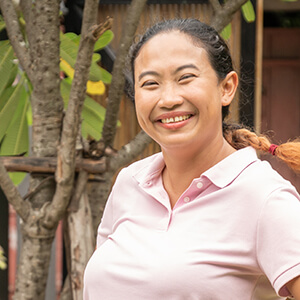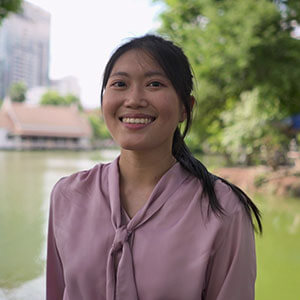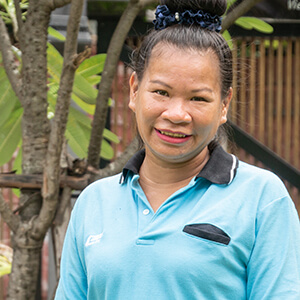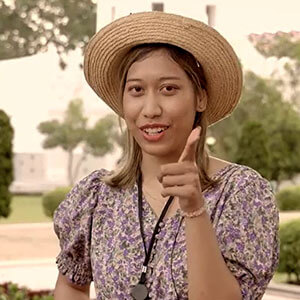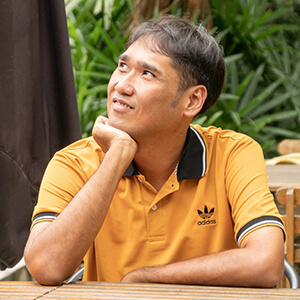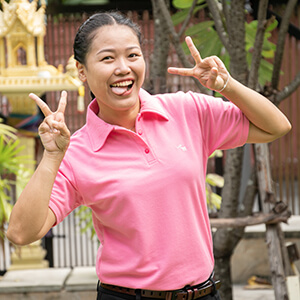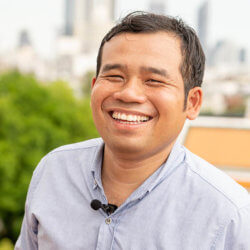The Royal Elephant Kraal of Ayutthaya stands as a unique testament to Thailand’s profound historical relationship with elephants, evolving from a strategic military facility to a modern conservation and cultural site. Dating back to the 16th century, this extraordinary structure represents the only remaining elephant kraal in Thailand, offering visitors insights into ancient royal traditions while contributing to contemporary elephant preservation efforts.
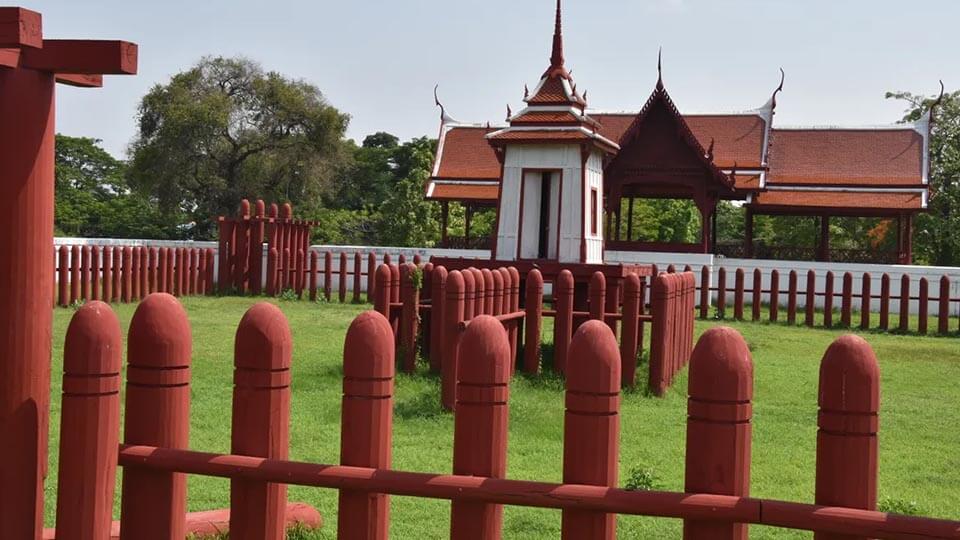
Originally established by King Maha Thammaracha in the 16th century, the Royal Elephant Kraal (known locally as Phaniat) served crucial military and economic functions for the Ayutthaya Kingdom. Wild elephants captured here were trained for the Thai army, used for transportation, and exported to India and Persia, representing invaluable strategic assets that projected royal power and national strength.
The kraal’s sophisticated design featured wooden gates with movable pillars, massive brick walls, and “crow’s wings” fencing that guided elephants into the enclosure. At its heart stood a temple housing Ganesha, the elephant-headed Hindu deity, while the Khocha Prawet Maha Prasat pavilion allowed kings to observe spectacular elephant-trapping ceremonies that served as both practical selection processes and grand entertainment for state guests.
The last wild elephant round-up occurred in 1903-1906 during King Rama V’s reign, marking the end of an era and the beginning of Thailand’s transition toward more controlled elephant management practices.
Modern Ayutthaya Elephant Palace & Royal Kraal
Established in 1996-1997, the current Ayutthaya Elephant Palace & Royal Kraal houses approximately 90 elephants and operates as both a cultural attraction and breeding facility. Located 4 kilometers northeast of Ayutthaya city at 74/1 Moo 3, Tumbol Suanpik, the facility offers diverse visitor experiences while emphasizing elephant conservation and education.
Available activities include:
- Feeding and bathing observations (best before 10:30 AM or after 4:30 PM)
- Weekend elephant shows with music and narration
- “Lot Thong Chang” tradition (walking under elephant’s belly for good luck)
Conservation Efforts and Ethical Considerations
The facility emphasizes “welfare and conservation” through its breeding program, claiming over 80 successful births since 2000 and providing elephants with consistent water access, ample food, socialization opportunities, and roster-based rest periods. Revenue from tourism activities directly supports ongoing elephant care and conservation programs.
However, responsible tourism advocates recommend observation-only elephant experiences rather than riding or performance activities. Visitors should consider their personal values regarding animal interactions and may prefer to focus on the educational and historical aspects rather than direct elephant contact activities.
Alternative approaches include observing elephants from respectful distances, learning about traditional mahout culture, and exploring the historical significance of the kraal within Thailand’s royal heritage.
Integration with Ayutthaya UNESCO Heritage
The Royal Elephant Kraal integrates seamlessly with other UNESCO World Heritage sites including Wat Mahathat‘s Buddha head in tree roots, Chao Sam Phraya National Museum‘s royal gold collection, and Wat Phanan Choeng‘s giant golden Buddha. Most comprehensive Ayutthaya tours include the kraal alongside these major attractions, offering visitors complete historical narratives spanning military traditions, religious heritage, and cultural evolution.
Beyond elephant interactions, the Royal Elephant Kraal offers profound insights into Thailand’s military history, royal traditions, and cultural evolution. The site demonstrates how historical facilities adapt to modern conservation needs while preserving important cultural narratives about human-elephant relationships in Southeast Asian civilization.
Educational components include exhibits about traditional elephant capture techniques, mahout training methods, royal ceremonial practices, and the transition from wild elephant utilization to managed breeding programs that reflect changing environmental awareness and animal welfare standards.
Visit this attraction on a Private Custom Day Tour around Ayutthaya.
